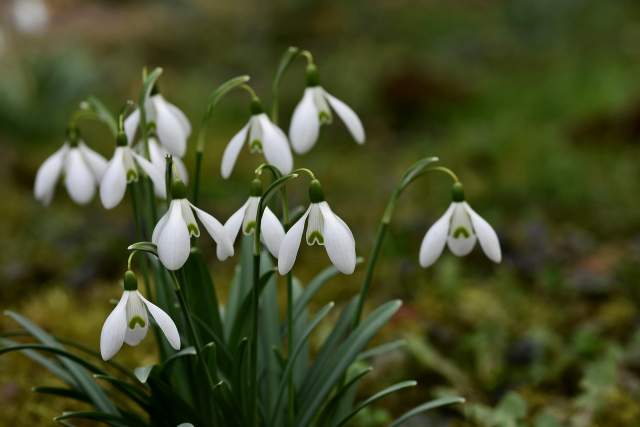The joy of gardening transcends the simple act of planting and harvesting—it’s a year-long journey, filled with challenges and victories that are as seasonal as the plants we nurture. Whether you’re a seasoned green thumb or a novice gardener getting their hands dirty for the first time, understanding how to adapt your garden care through the seasons is crucial for maintaining a vibrant and healthy garden. Here, we delve deep into seasonal gardening tips that ensure your garden thrives through spring rains, summer heat, autumn chills, and winter frosts.

Spring Into Gardening: Awakening Your Garden
Spring is a time of awakening and rebirth, making it the perfect time to prepare your garden for the upcoming warmer months. Start by assessing your garden for any winter damage and begin the cleanup process.
Cleaning Up and Preparing Beds
Remove any debris such as fallen branches, dead leaves, and any remaining snow mold from your garden beds. This not only tidies up your space but also prevents diseases and pests from proliferating. It’s also a great time to test your soil and amend it with compost or other organic materials to enhance its fertility and structure.
Pruning and Planting
Early spring is ideal for pruning many types of shrubs and trees, except for those that bloom in spring. Always wait until after they bloom to prune. Additionally, this is the perfect time to start planting hardy annuals and perennials. For vegetable gardens, consider cool-season crops like lettuce, peas, and radishes, which can withstand the chillier nights.
Summer: Sustaining Growth and Vibrancy
Summer brings about a burst of growth in your garden, which means it requires more attention and care to maintain its lushness and health.
Watering Wisely
Watering is more crucial during hot summer months. Aim to water deeply but infrequently to encourage roots to grow deeper, which helps plants withstand drought. Consider setting up a rain barrel system to collect rainwater, which is both eco-friendly and gentle on your plants.
Mulching and Weeding
Mulch helps retain soil moisture and keeps weeds at bay. Apply a layer of organic mulch around your plants to help stabilize soil temperatures and reduce water evaporation. Regular weeding is also important; it’s easier to tackle weeds when they’re small, and this also helps prevent them from seeding and spreading.
Autumn: Preparing for the Colder Days
As the growing season winds down, autumn is your opportunity to prepare your garden for winter and get a jump start on the next growing season.

Planting Bulbs and Harvesting
Autumn is the ideal time to plant bulbs such as tulips, daffodils, and alliums, which will provide a burst of color come spring. It’s also time to harvest any remaining vegetables and begin clearing out spent annuals and vegetables to prevent pests and diseases over winter.
Protecting Plants and Soil
Certain plants may need extra protection from upcoming frost. Consider using burlap or frost cloths to shield sensitive plants. It’s also a good time to add a layer of organic matter like compost or manure to your soil to enrich it over the winter months.
Winter: Planning and Protection
Winter might seem like a quiet time in the garden, but there are plenty of tasks to keep a gardener busy.
Tool Maintenance
Take the time to clean, sharpen, and oil your gardening tools. Properly maintained tools make gardening more efficient and are less likely to cause damage to your plants.
Planning Ahead
Winter is the perfect time for planning next year’s garden. Research plants and seeds catalogs, and perhaps plan any new garden beds or changes. This is also a great time to brush up on your gardening knowledge through books or by joining a local gardening club.
Conclusion: Year-Round Gardening Success
Each season in the garden offers new challenges and opportunities. By following these seasonal gardening tips, you can ensure your garden remains healthy and productive throughout the year. Whether it’s preparing the soil in spring, tending to the lush growth of summer, battening down the hatches in autumn, or planning for the future in winter, each season is a chance to enhance and enjoy your gardening experience.
Frequently Asked Questions
Begin with hardy vegetables such as peas, spinach, and kale, as they can tolerate the cooler temperatures of early spring. As the weather warms, gradually move to more temperature-sensitive plants like tomatoes and peppers.
This depends on your climate and soil type, but a general rule is to water deeply once or twice a week, rather than a little every day. This encourages deeper root growth and helps plants withstand dry periods better.
Yes, utilizing methods such as mulching, using frost cloths, or even creating windbreaks can protect sensitive plants from frost. Also, ensure any sensitive potted plants are moved indoors or into a greenhouse if available.